Liver as a cure for blindness
The research is ever evolving but even initial deep-dives show remarkable results concerning the importance of the Nineveh Medical Encyclopaedia for the history of ancient medicine. In order to illustrate this, we will offer a case study from the eye disease therapies, which illustrate a common medical motif spread across time throughout the ancient world. In fact, the largest corpus on eye disease from the ancient world survived in the second treatise of the Nineveh Medical Encyclopaedia, making it of utmost importance for everybody interested in ancient ophthalmology. Diverse cultures illustrate a medical motif, where an animal liver was the remedy for blindness. The following examples are ordered chronologically rather than geographically.
Cuneiform medicine has many features in common with therapies from ancient Egypt. The latter has an extensive medical tradition, which dates earlier than the Encyclopaedia, but does not seem to have reached the level of a highly defined corpus as seen in Nineveh. This might be an illusion of survival, since the papyri do not preserve as well as cuneiform tablets. Both Papyrus Ebers and London (2nd millennium BCE) contain remedies for treating blindness. Ancient Egyptians used ox liver as a remedy. It was roasted and/or smoked and its fluid was sprayed into the eyes of the sufferer. The prescriptions are laconic, but unmistakably draw a connection between blindness and a liver as a medication.
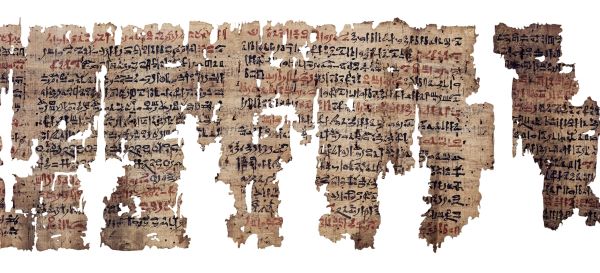
Fig. 1. London Medical Papyrus [https://www.britishmuseum.org/collection/object/Y_EA10059-2]
This medical motif 'blindness-liver' was also spread in the cuneiform world. Hittite fragments from ancient Turkey and Middle Assyrian (2nd millennium BCE, Iraq) precursors are mirrored in two fragmentary prescriptions in the Encyclopaedia.
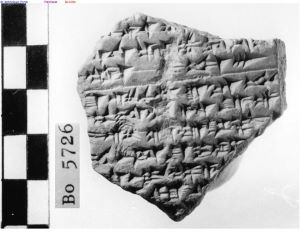
Fig. 2. Hittite fragment of the motif 'blindness-liver', Bo5726 [hethiter.net/: fotarch Phb03698]
In the case of blindness, whether day or night blindness, Assyrians favoured donkey liver as a remedy. Besides performing ritual acts with donkey parts, the liver was also consumed. The origin and application of the liver differ from the Egyptian treatments, but the common medical motif is well-defined: 'blindness-liver'.
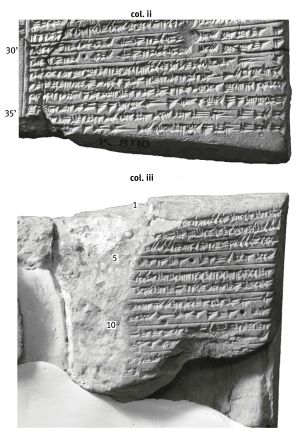
Fig. 3. Assyrian version of the motif 'blindness-liver' K 2533+ (Geller, M. and Panayotov, S. 2020. Mesopotamian Eyes Disease Texts, plate 30)
The 'Father of Medicine', Hippocrates, records the same motif in the fragmentary Treatise on the Eye (5th century BCE). The patient had to drink raw bull's liver, dipped in honey. He was supposed to consume as much as he could. The purpose of the honey, beside its medicinal properties, might have been similar to Mary Poppins's refrain: 'A spoonful of sugar helps the medicine go down'.
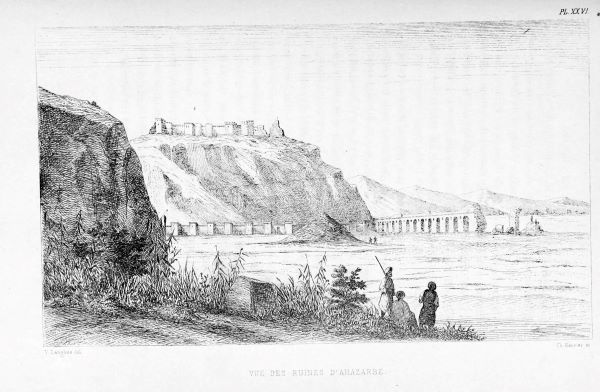
Fig. 4. Cilician city, Anazarbus Drawing from V. Langlois, Voyage dans la Cilicie (1861) p. 507 [https://www.flickr.com/photos/britishlibrary/11062708933]
The same motif seems also to have spread elsewhere in Asia Minor. It is recorded in the priceless work of Dioscorides (1st century CE) from the Cilician city, Anazarbus. This time goat liver was selected. While the liver was roasted, the healer collected the watery drips from the flesh and rubbed it on the patient, presumably gently on the eyes. Then the liver was boiled and the patient had to meet its vapours with open eyes. As a matter of course, the liver was eaten as well.
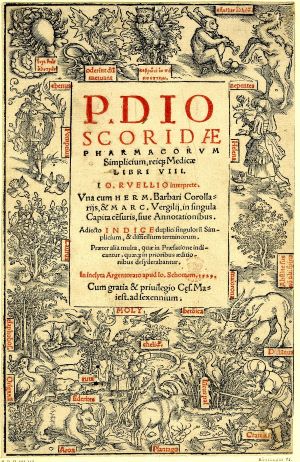
Fig. 5. Titlepage to 'P. Dioscoridae Pharmacorum simplicium reique medicinae libri 8', Strasbourg: Schott, 1529 [https://www.britishmuseum.org/collection/object/P_1900-1019-160]
The same motif--'blindness-liver'--apparently reached ancient Rome. It was recorded in the medical works of the prolific Roman writer, Celsus (1st century CE). The medical treatment of blindness in his 'De Medicina' reminds one strongly of those seen in the contemporary Dioscorides. The medical treatment in Celsus included ointment for the eyeballs of the patient made from the drips of a roasted liver, this time preferably of a he-goat. If not available, one could instead use the liver of a she-goat. In both these treatments, consumption of the liver was also necessary for a successful cure.
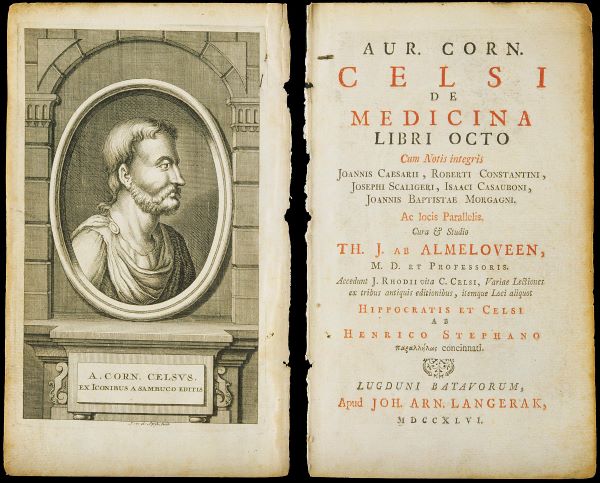
Fig. 6. Titlepage to De medicina libri octo. Letterpress, 1746 [https://wellcomecollection.org/works/b9kmhgtp]
Cuneiform medicine clearly survived in the Babylonian Talmud, Gittin, dating to the 5th century CE. The treatment for blindness there is similar, but the liver is not mentioned explicitly. Instead, seven red (pieces) from the inside of an unspecified animal were roasted, and as expected, eaten. We may suggest, however, that the liver was one of them. Finally, we see the motif 'blindness-liver' surviving in the Syriac Book of Medicines (dating probably 4th century CE onwards). Interestingly, the text looks like a summary of the multiple traditions mentioned above.
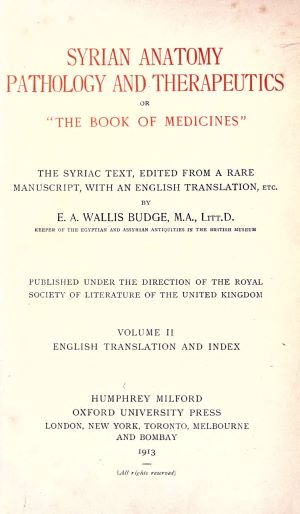
Fig. 7. Titlepage of Budge, E.A. 1913. Syriac Book of Medicines. The original is not preserved and we possess only the first edition.
Treating blindness with animal liver must have originated in empirical observations and was a widespread medical practice in the ancient world. This suggests that it must have been beneficial. It would be difficult to explain otherwise why this motif survived for an impressive two millennia. There is also a modern medical explanation, as assyirologist, Marten Stol suggested: The cause of night-blindness is a deficiency of vitamin A, and during the long history of medicine, the eating or application of liver (often the liver of a goat) or its "blood" has been recommended as the primary remedy. We now realize that liver was probably extremely effective because it contains a large amount of vitamin A.
Implications of the liver-for-blindness cure
The cuneiform textual history of the motif 'blindness-liver' illustrates how medical knowledge was transmitted, gathered, and edited in the Royal Library of Nineveh. Furthermore, the Nineveh Medical Encyclopaedia will assist historians of ancient medicine to find more motifs like this, which circulated in different ancient lands.
There is a reason why global medicinal practices were recorded in the Encyclopaedia, and why it is of great importance for ancient medical history. The best-preserved version of the material is edited for the Royal library of Ashurbanipal, where it was notably preserved in multiple copies. This coincided with the period when the Assyrian empire controlled most of the urbanised world. In fact, the creation of the Encyclopaedia was ordered by the king himself. Multiple manuscripts from different cities were brought to the capital of the Assyrian empire. The most seasoned scholars in the Assyrian empire worked on the edition of the material. They were assembling a single piece out of many different prescriptions, medical incantations, and numerous variants. Thus, global medical knowledge was accumulated in the Assyrian capital. As a comprehensive text, the Nineveh edition mirrors medicinal practices which were common not only in Assyria, but some of them were already widespread in the ancient world.
As the most systematic collection of original texts from the pre-Christian period, the Nineveh Medical Encyclopaedia has an important place in the history of ancient medicine. The cuneiform material from Nineveh suggests that features of ancient medicine, whether Graeco-Roman, Egyptian or Aramaic, might be more global in nature than usually assumed. On the other hand, the long-term transmission of medical knowledge that can be observed in the original manuscripts of the Encyclopaedia and its forerunners is unprecedented. Unlike the Graeco-Roman medical heritage, which survived only in later copies, the Medical Encyclopedia is a product of the same traditional cuneiform scholarship which also produced medical texts more than a millennium earlier. For the first time in the history of ancient medicine BCE, we can observe the creation of medical knowledge over the span of hundreds of years. Furthermore, we can recognise the mechanics of detailed editorial work on original medical manuscripts on a large scale.
Read more
Geller, M. and Panayotov, S. 2020. Mesopotamian Eyes Disease Texts: The Nineveh Treatise. Die babylonisch-assyrische Medizin in Texten und Untersuchungen 10. Berlin-Boston: Walter de Gruyter.
Stol, M. 1986. "Blindness and Night-Blindness in Akkadian", in Journal of Near Eastern Studies 45: 295–299.
Strahil V. Panayotov
Strahil V. Panayotov, 'Liver as a cure for blindness', The Nineveh Medical Project, The Nineveh Medical Project, Department of the Middle East, The British Museum, Great Russell Street, London WC1B 3DG, 2022 [http://oracc.museum.upenn.edu/asbp/NinMed/liverforblindness/]